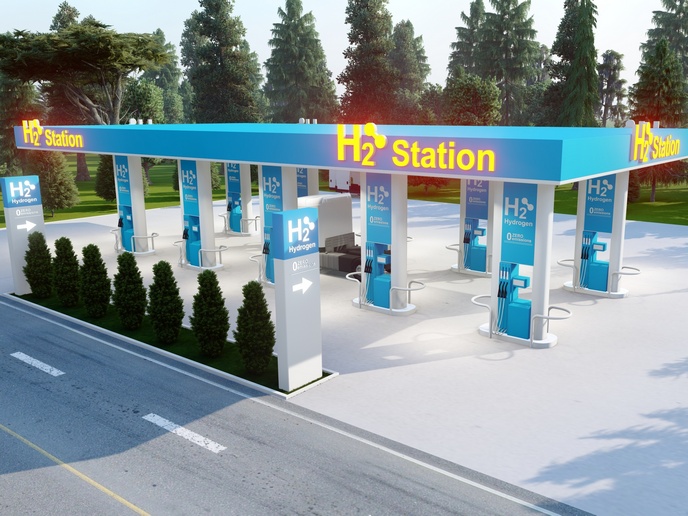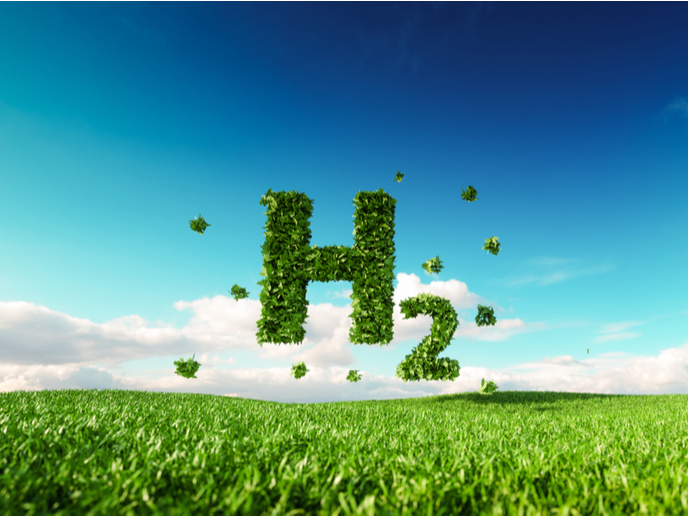Switching between fuel sources gives a constant supply of green energy
A system that switches between fuel sources can ensure a stable supply of low-carbon hydrogen-based electricity, such as for transport refuelling stations. “We used solid oxide [cell] technologies to develop the system to produce hydrogen by multifuel. This means the same system can be fed by electrical power, renewable power and water electrolysis processes, switching between them as necessary,” explains project coordinator Matteo Testi. He heads the Hydrogen Technologies and Resilient Energy Systems (HyRES) unit at the Bruno Kessler Foundation in Italy. High-quality heat from the fuel cell is used to generate hydrogen efficiently. “The prototype can split water to produce oxygen and hydrogen with high purity. But if we don’t have renewable energy, it can switch to electrolysis to convert biomethane to produce hydrogen as electrical power,” he adds. The SWITCH system builds on an earlier EU-funded project. Called CH2P, it developed a prototype to produce hydrogen from biomethane using a solid oxide fuel cell (SOFC). Testi and his team wanted to expand the functionality to include electrolysis and to use different types of energy input. “This is easy enough to say, but to produce hydrogen by these two input methods means two totally different processes. From an engineering point of view, it requires different components and system design to reduce energy wastage from switching,” he says. The challenge during the design phase was finding a minimum number of components that could work with both processes.
Detecting energy input and adjusting processes
A unique control system developed by the project partners detects the type of energy input and seamlessly adjusts the processes. This includes using electrolysis to produce hydrogen from renewable electricity or steam cracking for biomethane. “There are standards, codes of conduct and regulations to respect, so it took a lot of time to produce a robust, standardised control for the multiple cell stack, while integrating safety functions,” he adds. “Ensuring robust safety and control systems were properly developed and validated was critical for a high-power hydrogen production system.” The control system went through several prototypes, integrating safety systems and protocols to handle operating conditions and risks associated with each process.
Testing for safety and robustness
Optimising efficiency and performance, especially in switching between energy input modes, required extensive testing and refinement to get to a prototype that could be demonstrated in an operational environment. “We faced several problems because the methodology was to validate each component individually – the cell, data changer, the steamer, the reactor. We integrated them based on a simulation design which saves time and money. It was assembled in two containers in the demo site run by HyGear in the Netherlands,” he notes, referring to the hydrogen technology consortium partner. Despite disruption caused by the COVID-19 pandemic during the demonstration period, the prototype was tested for 1 000 hours in the solid oxide electrolyser (electrolysis) mode, to check for degradation in the cell stack. “We saw no trace of degradation. This is important because the system is complex and impurities can come in from different points,” according to Testi.
Modular system tailored to energy applications
The prototype was designed as a modular system. Hydrogen production can be scaled up or down by adding or removing modular components such as the fuel cell stacks and associated subsystems. “It allows the system to be tailored to the specific needs and energy sources available at a given location or application,” Testi says.
Keywords
SWITCH, energy, renewable energy, hydrogen, methane, biomethane, solid oxide fuel cell, SOFC, CH2P, electrolysis, HyGear







